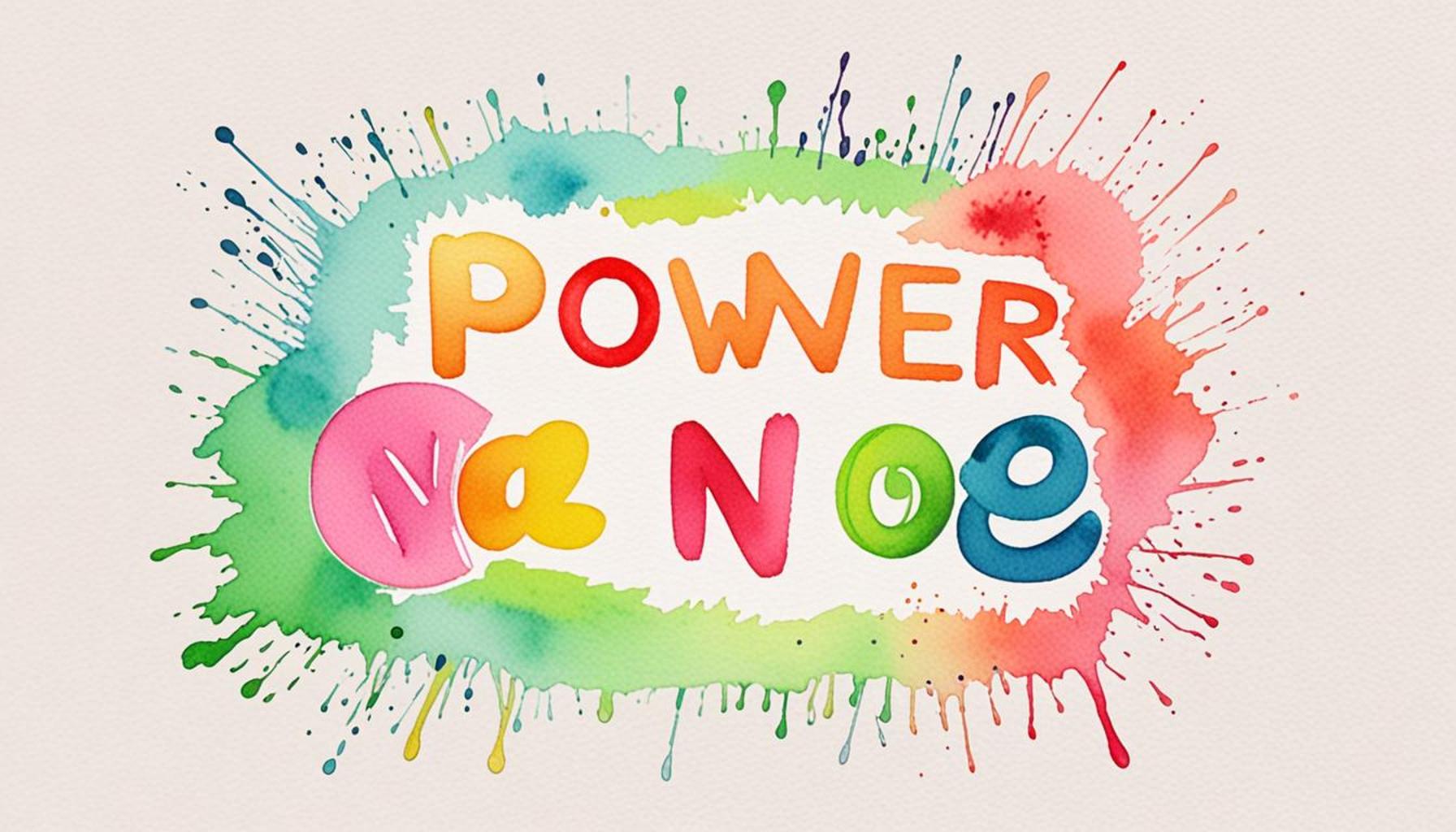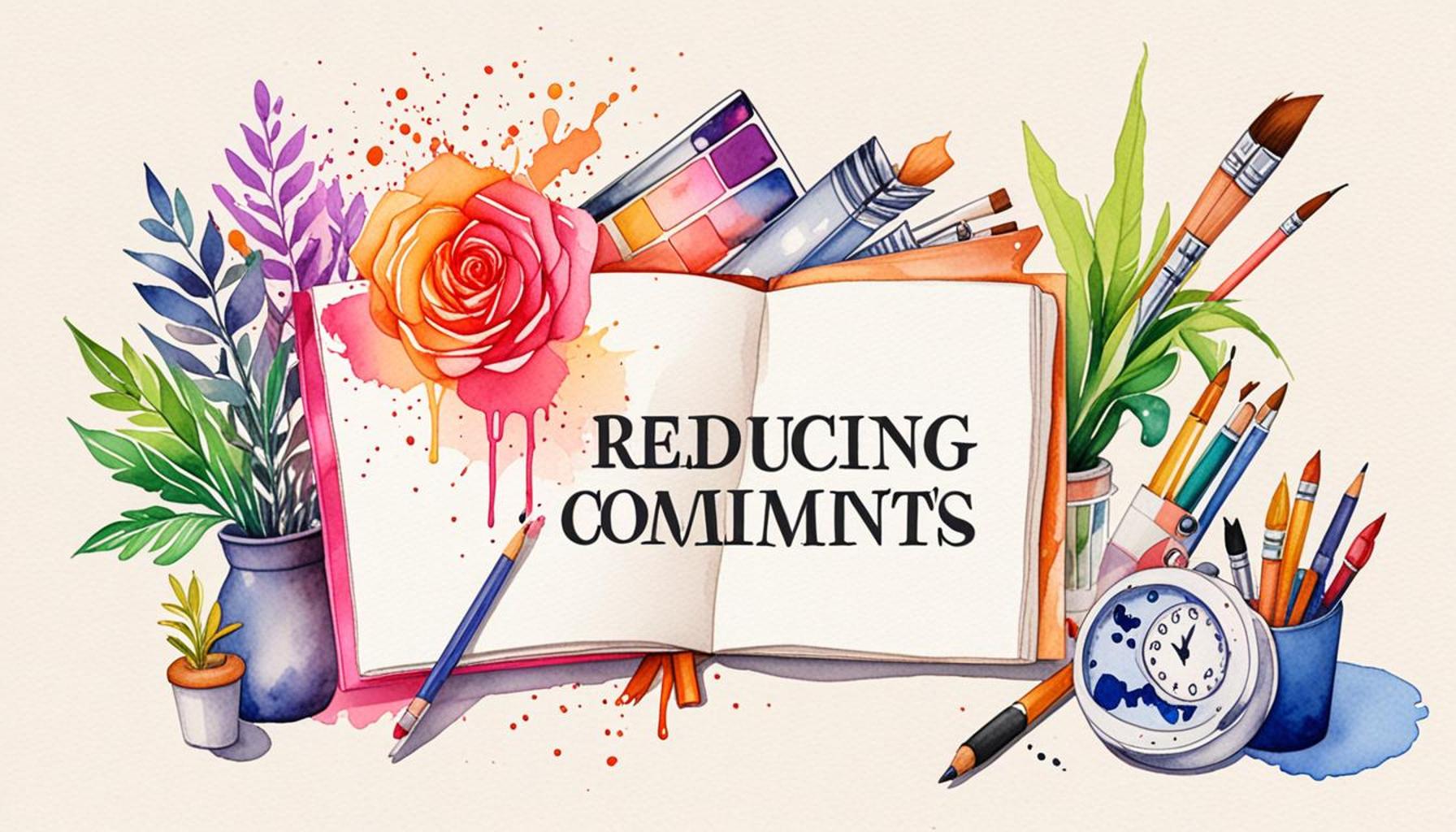How Minimalism Can Increase Your Productivity: Practical Tips

Unlocking Productivity Through Minimalism
In our fast-paced society, distractions lurk in every corner, vying for our attention and impeding our productivity. It’s no wonder that many individuals are turning to minimalism as a remedy, simplifying not just their physical environments but also their mental landscapes. By focusing on the essentials, we learn to prioritize what truly matters, allowing us to maximize our efficiency and effectiveness.
The benefits of adopting a minimalist approach in daily routines are numerous and can significantly enhance overall productivity:
- Reduced Clutter: A tidy workspace is not just visually appealing; it significantly enhances mental clarity. Research has shown that clutter can increase stress levels and reduce focus, making it essential to regularly declutter your workspace. For instance, investing in storage solutions or digital tools to organize files can create a serene environment that fosters creativity and concentration.
- Improved Focus: With fewer distractions in your surroundings, your ability to concentrate intensifies. Techniques like the Pomodoro Technique encourage working in designated time blocks, during which distractions are minimized. An organized desk free of extraneous items invites deeper engagement with tasks, paving the way for increased productivity.
- Enhanced Decision-Making: In an era of overwhelming choices, simplifying your options can lead to quicker, more confident decision-making. For example, having a capsule wardrobe where clothing items are limited but versatile can save time each morning, allowing more focus on important tasks throughout the day.
Beyond aesthetics, minimalism serves as a lifestyle that nurtures a sustainable environment for productivity. Transitioning from chaos to simplicity may seem arduous initially, but the long-term benefits are substantial.
To ease this transition, consider these practical tips:
- Create an Organized Workspace: Dedicate time to sort through belongings and eliminate items that no longer serve a purpose. Keep only those that inspire or assist in your daily tasks.
- Adopt a Focused Mindset: Practice mindfulness or meditation to help clear your mind and sharpen your focus. Techniques such as deep-breathing exercises can transition you into a more productive state.
- Learn to Say No: Prioritize commitments and recognize the value of your time. Saying no to non-essential tasks opens up space for more meaningful opportunities.
As we delve deeper into the principles of minimalism throughout this article, we invite you to explore actionable strategies that can empower you to reclaim your time and mental energy. The journey toward a minimalist lifestyle begins with small steps, but the cumulative effect can lead to profound changes in your productivity levels. Embrace the minimalist mindset and discover how it can revolutionize your daily life.

EXPLORE MORE: Click here to learn how minimalism can enhance your emotional well-being</
Practical Steps to Embrace Minimalism for Enhanced Productivity
To fully harness the potential of minimalism in increasing productivity, it’s essential to take actionable steps that align your physical space and mental framework with minimalist principles. Each small adjustment can create a ripple effect, ultimately leading to a profound transformation in how you approach your daily tasks and commitments.
One of the foundational steps in adopting a minimalist approach is to evaluate your current environment. Begin by scrutinizing your workspace—be it a home office, a corner of your kitchen table, or a corporate desk. Ask yourself what items on your desk genuinely contribute to your productivity. Are there papers piled up that you no longer need? What about the collection of pens, some of which may not even be functional? Embracing minimalism means letting go of items that are merely occupying physical space without serving a clear purpose.
The act of decluttering can significantly enhance your focus, as a well-organized space fosters a clear mind. Consider these practical tips to initiate your minimalist journey:
- Set the 90-Day Rule: If you haven’t used an item in the last 90 days, it’s time to consider parting ways with it. This simple timeframe helps eliminate unnecessary items that clutter your space and mind.
- Digitize Documents: Move away from physical paperwork and transition to digital tools. Applications like Google Drive or Evernote can help store documents safely while keeping your workspace tidy.
- Limit Distractions: Identify distractions that interrupt your workflow. This might involve silencing your phone or using website blockers during work hours. By controlling your digital environment, you can maintain focus and reduce interruptions.
An equally important aspect of minimalism is time management. The concept of minimalism extends beyond physical objects to how you allocate your time. Employing techniques like time blocking, where you allocate specific time slots for tasks, can provide clear boundaries that promote deep work and uninterrupted focus. By prioritizing essential tasks and eliminating unproductive habits, you cultivate a more effective work routine.
Moreover, embracing a minimalist lifestyle encourages you to reevaluate your commitments. We often overwhelm ourselves with obligations that drain our time and energy. Learning to evaluate and prioritize commitments can make a significant difference. Are there projects or commitments you have taken on out of obligation rather than genuine interest? Recognizing these can empower you to say no, creating more room for meaningful work and personal fulfillment.
In summary, minimalism offers a path to removing barriers that hinder your productivity. By decluttering both your physical workspace and your schedule, you pave the way for greater focus, enhanced creativity, and increased efficiency. Start small—the journey towards a more productive life rooted in minimalism begins with just a few deliberate choices.
How Minimalism Can Enhance Your Workspace Efficiency
Embracing a minimalist approach is not just about decluttering physical spaces; it significantly boosts productivity by fostering a more focused and efficient working environment. One effective strategy is to utilize a minimalist workspace design where every element serves a purpose. This means keeping only essential items within reach. Research shows that a tidy work area can reduce distractions, allowing individuals to concentrate better on tasks at hand, ultimately leading to increased output.Additionally, minimalism encourages the simplification of processes. By breaking tasks into smaller, manageable steps, one can prioritize what truly matters. Consider implementing a “one in, one out” policy when adding new projects or responsibilities. This technique not only keeps your to-do list manageable but also ensures that you remain focused on delivering quality work instead of quantity.To implement these principles effectively, consider tools that promote minimalism in digital spaces as well. For instance, use productivity applications that allow you to declutter your digital workspace by organizing tasks and projects into streamlined lists or boards. By minimizing digital clutter, you will find it easier to concentrate and make swift decisions regarding your workload.Another essential aspect of minimalism is the reduction of information overload. In our fast-paced world, it is easy to become overwhelmed by constant notifications and excessive data. Setting specific times to check emails and messages can help maintain focus, ensuring that you are not continuously interrupted. By taking control of your information intake, you create a more peaceful and productive environment where you can accomplish tasks with clarity and purpose.
Practical Tips for Embracing Minimalism
Incorporating minimalism into your daily routine starts with small, intentional changes. Begin by evaluating your current environment—both physical and digital. Identify areas of clutter and take actionable steps to streamline them. This may involve decluttering your workspace, organizing digital files, or even limiting your social media consumption.Try to cultivate a habit of mindfulness where you regularly assess whether your possessions, tasks, and commitments align with your core goals. Embracing minimalism is a journey, not a destination. Over time, adopting this philosophy can lead to profound improvements in your productivity, fostering a lifestyle that prioritizes effectiveness and satisfaction over chaos. By adopting a minimalist mindset, you open the door to higher efficiency, enhanced creativity, and an overall more peaceful work experience. Engage with these principles and experience firsthand how minimalism can reshape your productivity habits and outcomes.
DON’T MISS: Click here to unlock greater productivity
Harnessing the Power of Minimalist Mindset for Productivity
While decluttering your physical surroundings is a crucial step toward embracing minimalism, the impact of a minimalist mindset can elevate your productivity to unprecedented levels. Adopting this perspective involves restructuring not only the objects in your life but also the thoughts and beliefs that drive your actions.
One effective way to cultivate a minimalist mindset is through intentionality. This practice revolves around making deliberate decisions regarding how you spend your time and energy. Before embarking on a task, ask yourself if it aligns with your overall goals and values. For instance, whether considering a new project at work or a social engagement, assess its significance in relation to your most pressing priorities. By being intentional, you can make choices that further illuminate your path and eliminate time-consuming distractions.
Moreover, embracing mindfulness aligns seamlessly with minimalist principles. Mindfulness is the practice of being present and fully engaged in the moment, which can significantly enhance your productivity. Incorporating mindfulness techniques like meditation or focused breathing can help center your thoughts and reduce anxiety, allowing you to approach tasks with clarity. Research indicates that just a few minutes of mindfulness practice can lead to improved concentration and better decision-making, ultimately translating to increased output in your daily activities.
Taking regular pauses throughout your workday further underscores the benefits of a minimalist mindset. Incorporating micro-breaks—short, five-minute intervals away from your primary task—can recharge your brain and improve focus. Use this time to stand, stretch, or simply close your eyes and breathe deeply. Studies show that such breaks can heighten productivity and creativity, counteracting the fatigue often associated with prolonged periods of concentrated work.
Another key component of integrating minimalism into your productivity framework is the two-minute rule, popularized by productivity expert David Allen. This rule posits that if a task takes less than two minutes to complete, you should do it immediately rather than letting it linger on your to-do list. This simple strategy can help prevent clutter from accumulating in both your inbox and your mind, enabling you to maintain a streamlined approach to your daily responsibilities.
Additionally, weekly reviews can be an indispensable tool for maintaining a minimalist workflow. Setting aside time at the end of each week to reflect on your accomplishments, evaluate your priorities, and plan for the upcoming days can provide clarity and direction. During this review, consider whether you’re investing your time in tasks that matter. This practice not only enhances accountability but also empowers you to adjust your focus as necessary, ensuring that your efforts align with your long-term goals.
Incorporating the principles of minimalism into your professional and personal life requires commitment, but the results can be transformative. By fostering intentionality, mindfulness, and structured routines, you can create a productivity framework that empowers you to achieve your goals with greater ease and effectiveness. Exploring these concepts further allows you to refine your approach, revealing new ways to harness minimalist principles in a world often characterized by excess.
DISCOVER MORE: Click here to dive deeper into intentional design
Conclusion: Embracing Minimalism for Productive Living
In a world constantly demanding our attention and energy, minimalism emerges not just as a lifestyle choice but as a robust productivity strategy. By adopting a minimalist approach, you can significantly enhance your focus and effectiveness, paving the way towards achieving your personal and professional aspirations. This journey begins with clear intentionality, allowing you to prioritize tasks that truly matter while eliminating distractions that drain your energy.
Furthermore, integrating mindfulness into your daily routines cultivates an awareness that sharpens your decision-making skills. Techniques such as meditation and regular breaks are not merely indulgences but essential practices that boost your mental clarity and creativity. The application of the two-minute rule provides a savvy method to maintain momentum, ensuring that small tasks do not clutter your mental space. Additionally, conducting weekly reviews keeps you aligned with your goals, encouraging reflection and adjustment as necessary.
Ultimately, the principles of minimalism extend beyond mere organization; they facilitate a profound shift in how we navigate our lives. By committing to this framework, you can open up possibilities for deeper satisfaction and enhanced productivity. In exploring minimalism further, you may uncover new strategies that resonate with your lifestyle, empowering you to thrive in a landscape often filled with excess and distraction. This challenge invites you to not only simplify your space but also to redefine your priorities, making way for a more focused and fulfilling life.


